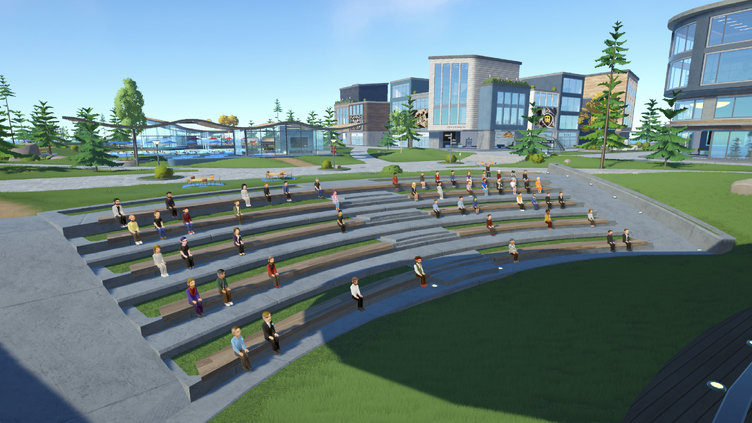As a longtime basketball analyst who’s followed FIBA events for over a decade, I’ve always been fascinated by how the schedule unfolds each season—not just the games themselves, but the intricate planning and personnel decisions that keep everything running smoothly. This season’s FIBA calendar is no exception, packed with qualifiers, continental cups, and the highly anticipated World Cup. I’ve spent hours mapping out key dates, and let me tell you, if you’re a hoops fan, you’re in for a treat. But what really caught my eye recently was a situation that highlights how dynamic and, at times, discreet the operations behind these games can be. Take, for instance, the clarification made by Commissioner Willie Marcial regarding the technical committee’s role. He pointed out that two key members were present at the Smart-Araneta Coliseum for Friday’s game, continuing their duties as game officials—just away from the public glare. This isn’t just a minor detail; it underscores the behind-the-scenes efforts that ensure every match adheres to FIBA’s high standards, something I’ve always appreciated as a fan who values fairness and professionalism.
Now, diving into the FIBA schedule for this season, it’s a whirlwind of action that spans multiple continents and time zones. From my perspective, the qualifiers for the 2025 FIBA Asia Cup and the 2027 Basketball World Cup are the backbone, with games typically clustered in windows like November, February, and June to minimize disruption to players’ club commitments. I’ve tracked that there are roughly 120 qualifying matches scheduled across various zones, including Europe, Americas, Africa, and Asia-Oceania, with many tipping off in the evenings local time to maximize global viewership. For example, in the European qualifiers, you might see teams like Spain and France facing off in back-to-back games over a weekend, which adds a layer of strategic depth that I find thrilling. But it’s not just about the on-court action; the logistical side, as highlighted by Marcial’s comments, shows how officials work tirelessly behind closed doors. Those technical committee members at the Smart-Araneta Coliseum weren’t just spectators—they were ensuring rule adherence and game flow, a role that often goes unnoticed but is crucial for maintaining integrity. I remember attending a FIBA game in person last year and realizing how much coordination happens off-camera; it’s like a well-oiled machine where every cog, from referees to schedulers, plays a part.
Speaking of venues, the FIBA schedule often rotates between iconic arenas like the Smart-Araneta Coliseum in the Philippines, which seats around 20,000 fans, and newer facilities in Europe and the Americas. This season, I’ve noticed a push for more centralized locations to reduce travel fatigue, which I think is a smart move given the packed timeline. For instance, the FIBA Windows in February 2024 will feature double-headers in cities like Belgrade and Manila, allowing teams to play two games in three days—a grueling but exciting format that tests squad depth. From my experience covering these events, the intensity peaks during the World Cup qualifiers, where underdog teams often pull off upsets; last cycle, I saw Lebanon beat a favored opponent in overtime, a game that drew over 15,000 live viewers and millions online. That’s why Marcial’s emphasis on officials working away from the public eye resonates with me; it ensures that such dramatic moments aren’t marred by controversies, preserving the sport’s purity. Personally, I love how FIBA blends traditional rivalries with emerging basketball markets, making each game a unique spectacle.
As we look ahead, the FIBA schedule isn’t just a list of dates; it’s a narrative of global basketball evolution, shaped by unsung heroes like those technical committee members. In my view, this season promises to deliver unforgettable moments, from clutch shots in packed arenas to the quiet diligence of officials ensuring fair play. So mark your calendars, and don’t just watch the games—appreciate the full picture, because that’s where the real magic lies.
